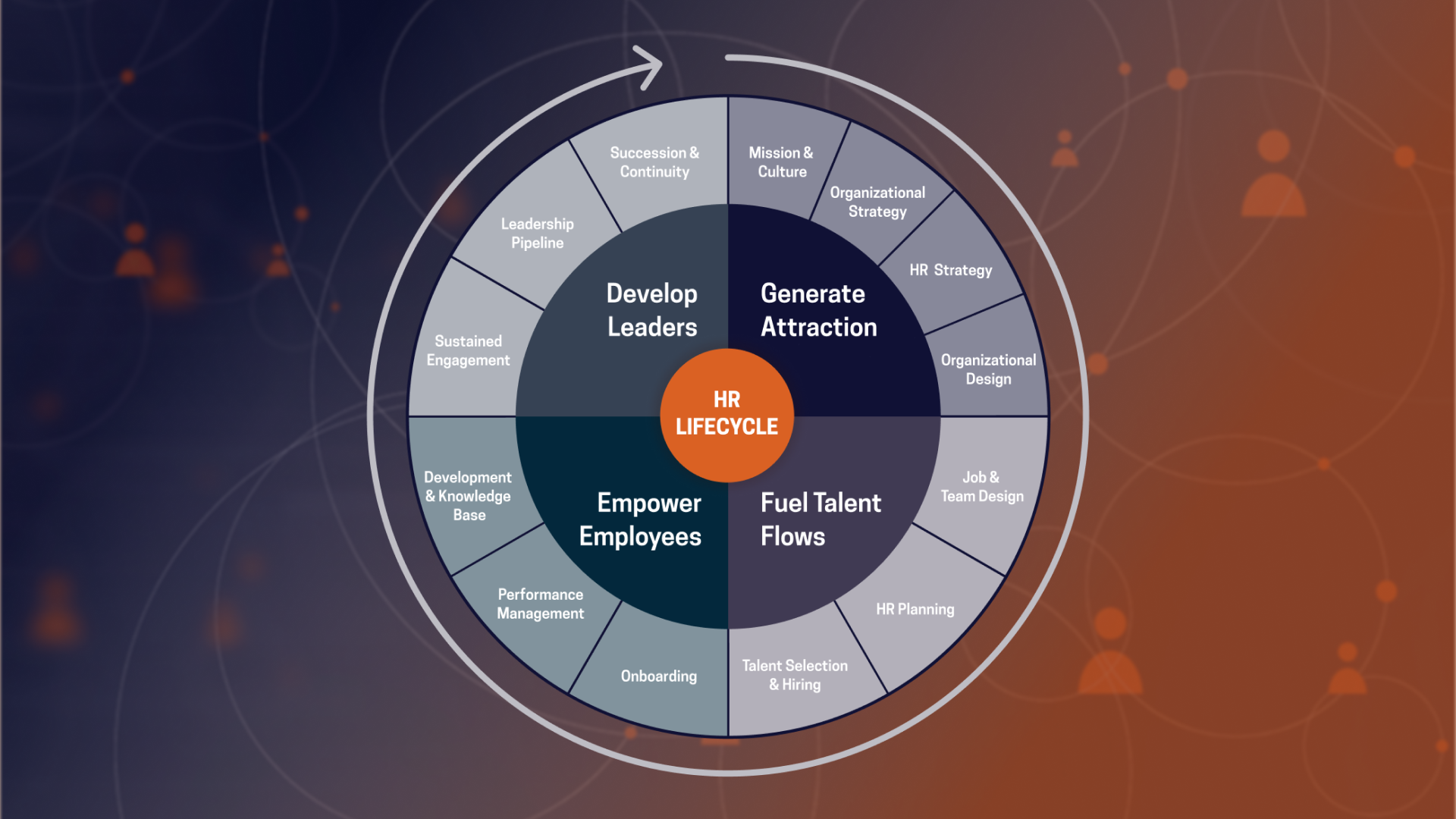Our workforce is the lifeblood of the U.S. federal government. Without individuals committed to public service, taxpayers, vulnerable populations and small businesses would not have access to critical resources and services. If the federal government fails to attract and hire the best and the brightest into service, the nation and the people it serves suffer.
Unfortunately, we’re already seeing this play out. Our nation is at an inflection point, and the federal government must meet the moment. Federal agencies excel at offering occupations vested in passion and purpose. Federal leaders must intentionally focus on a bold recruitment and retention effort, and this model can serve as a foundation.
New Workforce, New Model
In today’s competitive landscape, federal executives face unprecedented challenges in attracting, developing, and retaining top talent. Political divisions, cumbersome hiring processes, and low employee morale have left many federal agencies struggling to maintain a motivated and effective workforce. Meanwhile, 22% of Americans currently employed plan to retire in 2024, and HR models designed to attract Boomers are not as effective with Millennials and Generation Z . McChrystal Group’s HR Lifecycle Implementation Framework provides a comprehensive solution to these challenges, offering a strategic approach to transform federal talent management practices.
The HR Lifecycle Implementation Framework
The framework creates an ecosystem where people, processes, and technology work to drive organizational value and employee engagement. Rooted in organizational strategy, it focuses on achieving strategic outcomes through four key components: Generate Attraction, Fuel Talent Flows, Empower Employees, and Develop Leaders.
The Implementation Framework streamlines the integration of new and existing federal employment policies, introduces systems to achieve strategic outcomes, and empowers federal workers throughout their service. McChrystal Group has identified 13 stages for a healthy HR lifecycle centered around the Implementation Framework. These interdependent stages break down employee development over their tenure, allowing organizations to focus resources and time on service delivery and driving strategic value throughout the HR lifecycle.
- Generate Attraction: Becoming an Agency of Purpose
- Fuel Talent Flows: Attracting Mission and Purpose-Aligned Candidates
- Empower Employees: The Right Information and Skills at the Right Time
- Develop Leaders: Retaining and Growing Tomorrow’s Leaders Today
The Greatest Threat, or The Greatest Opportunity?
The federal workforce is America’s most strategic asset. A holistic, transformative approach to talent management is essential to unlock the potential of federal employees and recruit the best talent the nation has to offer. McChrystal Group’s HR Lifecycle Implementation Framework provides a transformative approach to help federal agencies rebuild and retain a dedicated, purpose-driven federal workforce. The war for talent is one of the nation’s greatest threats, but with bold and comprehensive action, federal executives can turn the nation’s greatest threat into its greatest opportunity.



